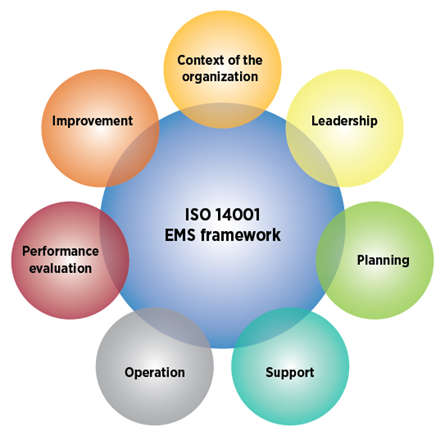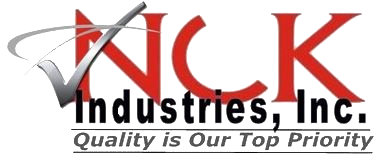Context of the Organization as Framework for a Solid Management System in ISO 14001
Blueprint of a solid Environmental system in an ISO14001 framework

In this article, I am giving an overview of the concept of Context of the Organization. Also, I am offering a high-level blueprint of how to use the concept to develop a strong environmental management system using links to ISO 14001:2015.
ISO 14001:2015 sets the criteria for establishing, implementing, maintaining, and improving an environmental management system (EMS) in an organization. Context of the Organization is a key concept in the ISO 14001 standard, and provides framework for how to integrate the quality function to the overall strategic management of the organization.
The Context of the Organization is one of the fundamental components of ISO 14001 and plays a crucial role in shaping the organization's environmental management system. Below is an overview and a breakdown of the components and key concepts of the Context of the Organization:
- Understanding the Organization: This facet involves identifying and comprehending the organization's internal and external factors that can influence its environmental performance. These factors can be both positive and negative, and they may include the organization's culture, structure, processes, and the industry it operates in (refer to clause 4.1 in ISO 1400:2015).
- Understanding the Needs and Expectations of Interested Parties: Interested parties are individuals or groups that can affect or be affected by the organization's environmental performance. These parties may include customers, regulatory authorities, suppliers, employees, and the community. ISO 14001 requires organizations to identify and consider the needs and expectations of these parties when developing their EMS (refer to clause 4.2 in ISO 14001:2015).
There are several tools available to capture internal / external issues along with Interested parties and their needs and expectation. On of the most widely used tool is the Strengths, Weaknesses, Opportunities, Threats (SWOT) analysis. I will explain this tool in a subsequent blog.
- Determining the Scope of the EMS: Based on the understanding of the organization and the needs and expectations of interested parties, the leadership team of the organization defines the scope of its environmental management system. This involves identifying the boundaries and constraints of the system and determining which environmental aspects and impacts are significant. I will explain the concept of aspects and impacts along with a method to develop and rank these aspects and impacts in a subsequent blog (refer to clause 4.3 in ISO 14001:2015).
- Establishing the Environmental Policy: The organization formulates its environmental policy, which serves as a high-level statement of its commitment to environmental protection and outlines its strategic objectives. The environmental policy is based on the organization's understanding of its context and the expectations of interested parties (refer to clause 5.2 in ISO 14001:2015
- Planning: Once the organization has a clear understanding of its context, it uses this information to plan its environmental management system. This includes addressing legal requirements (clause 6.3 in ISO 14001:2015), setting environmental objectives and targets (refer to clause 6.2 in ISO 14001:2015), implementing operational controls (clause 8.1 in ISO 14001:2015), allocating resources to achieve these goals (refer to clause 7.1 in ISO 14001:2015) and planning for emergencies (clause 8.2 in ISO 14001:2015).
- Performance Evaluation: The organization continually monitors and measures its environmental performance to ensure that it meets its objectives and targets. This includes evaluating compliance with legal and other requirements (refer to clause 9.1 in ISO 14001:2015).
- Continual Improvement: Understanding the context of the organization is critical for driving continual improvement in the EMS. Organizations must adapt to changing internal and external factors to enhance their environmental performance (refer to clause 10.1 in ISO14001:2015)
By considering the context of the organization, ISO 14001 encourages a proactive approach to environmental management. It ensures that organizations not only comply with environmental laws and regulations but also work to improve their environmental performance and contribute to sustainability.







